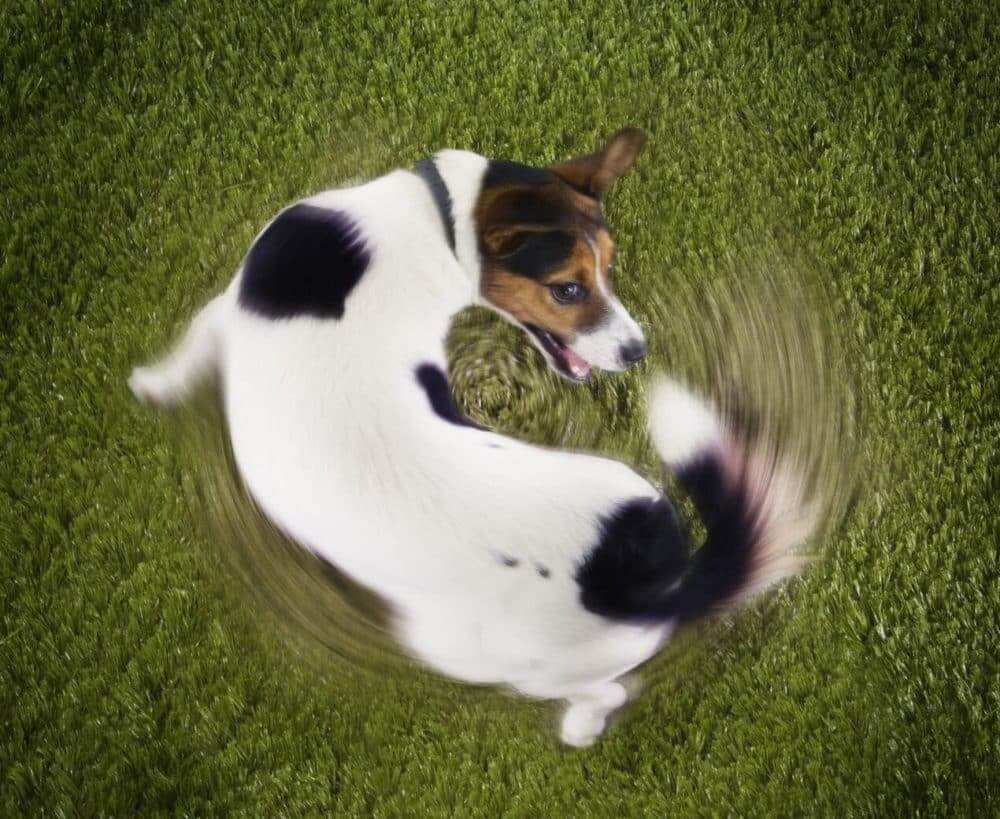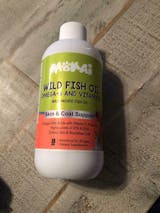As pet-parents, we like to attribute our pups many of our human characteristics. In fact, dogs and humans are both mammals who share many similarities when it comes to behaviors, feelings, and emotions; but do dogs cry? We may see tears coming from our dog’s eyes, and we may get scared and think: OMG my baby is crying! But do dogs cry the same way we do? Can they express their emotions through crying?
Do dogs cry? Tears in mammals
Mammals have three kinds of tears:
Basal: These are everyday tears since they guarantee the normal functioning of the eye by keeping it wet and moist. All mammals have them.
Reflexive: They are in charge of protecting the eye against dirt and other debris, by flushing them out.
Emotional: These tears are a response to emotions and feelings, and they come in higher volume. Whether it is for sadness or happiness, they appear as an emotional response.
Dogs' eyes have the first two kinds of tears, basal and reflexive, but they don't have an emotional eye response. So, while dogs can totally feel sad and grief just like us, human beings are the only animals who can shed tears out of emotions.
This doesn’t mean that dogs aren't sad or that they can’t express their sadness, they just do it in a different way. How? Through whimpers, yelping, whining, refusing treats, sleeping more than usual, and showing apathy around the things they used to enjoy.
‘But how is that possible? I’ve seen my dog shedding tears many times!’
Eye discharge is a pretty common process in dogs. In fact, you can use our Facial and Tear Cleaning Wipes in order to remove tears and saliva stains. However, if your pup is experiencing excessive tearing, now you know it is not because he/she is sad. You may need to pay attention since it can be a sign of a health issue.
Blockage of tear duct: If dogs’ eye sockets aren’t big enough, if eyelids are turned inwards, or if there is hair growth around the eyes, tear ducts can get blocked. When this happens, the drainage system is probably not working properly, and the eyes tend to be watery most of the time. Short-nosed breeds are more prone to tear duct blockage: Pugs, French Bulldogs, Pekingese, and Shih-Tzu, just to name a few.

Allergies: When dogs suffer from eye allergies, besides excessive tearing, they can experience redness, irritation, squinting of the affected eye, and pawing at their face. Allergies need to be correctly diagnosed by a vet in order to treat them. He/she will run several tests in order to dismiss other conditions and confirm allergic conjunctivitis. Once the diagnosis is confirmed, you should try to identify the allergens that are causing your dog's eye irritation, in order to avoid your pup having close contact with them.
Infections: Dogs’ eyes can get infected due to different reasons: keratitis, bacteria, fungi, viruses, and parasites, among others. The symptoms of infections are swelling, smelly discharge, tearing, and squinting. Infections need to be treated immediately: If they remain unsupervised, dogs can experience an infection of the cornea. You can read more about it in our blog about Dog eyes' infections.
Speck of dirt: Just as it happens to us humans when a speck of dirt enters your eye, it will fight back and will produce tears in order to flush the dust away. Usually, the speck of dirt goes away within a few minutes or hours, after the eye flushes it out. However, if you notice your dog is still struggling, please consult with the vet.
















